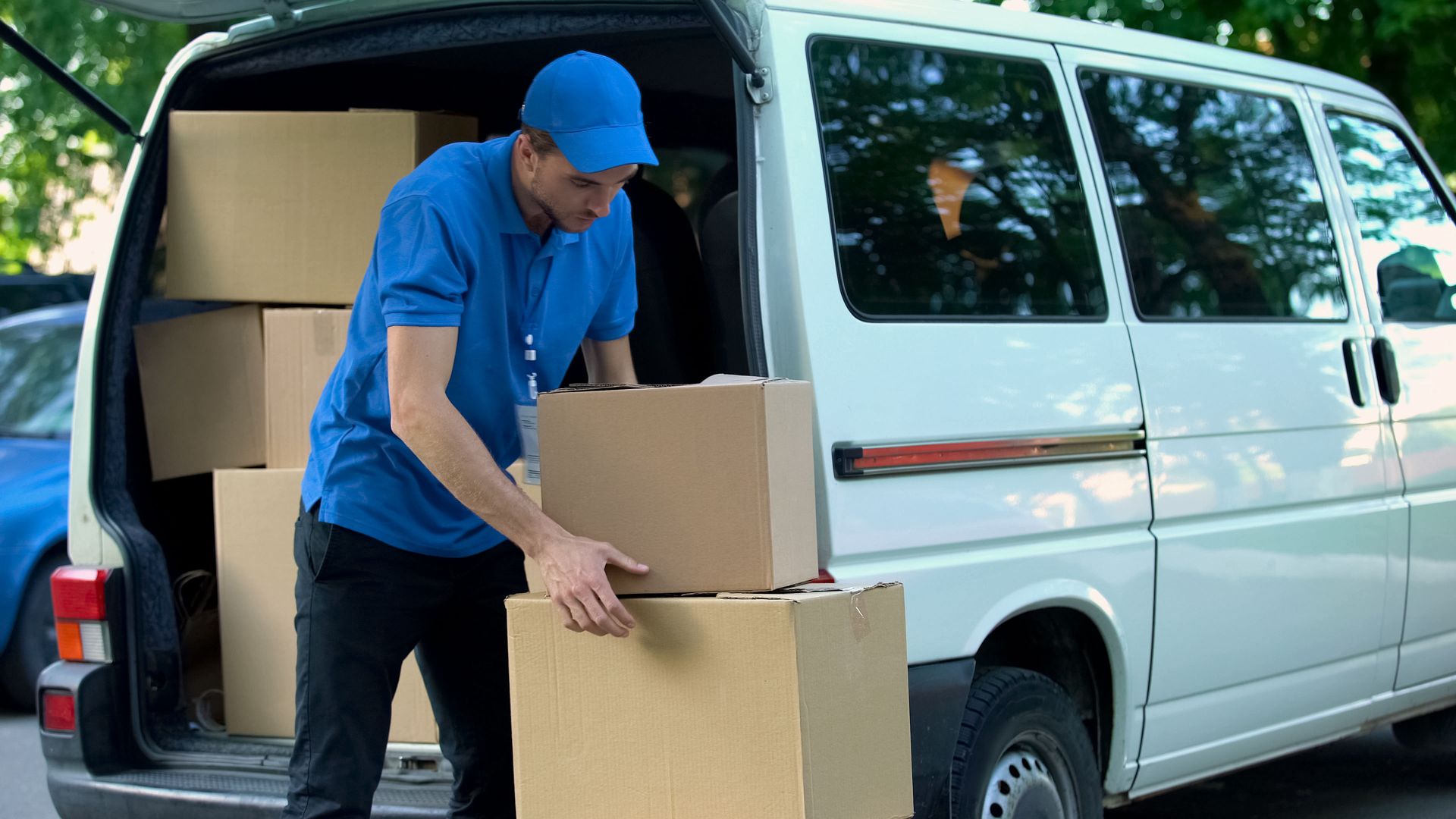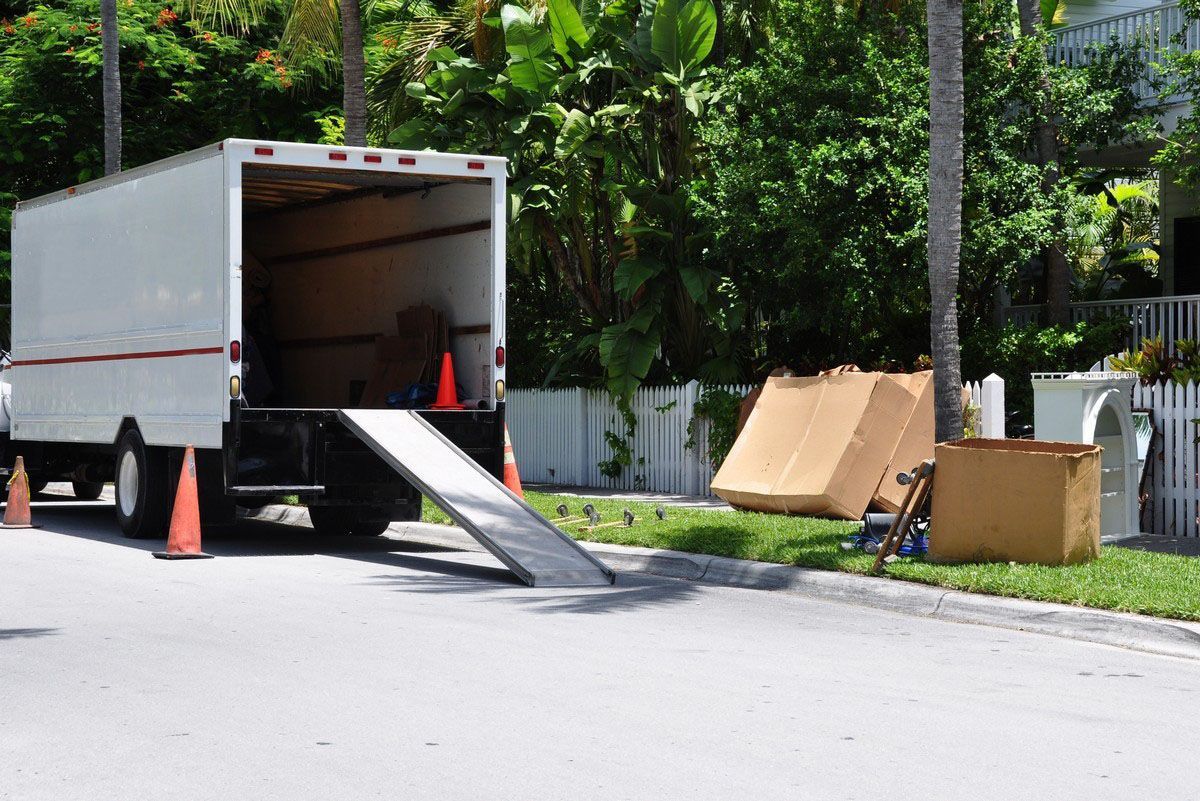November 25, 2025
Moving can be a stressful and overwhelming experience, but with the right preparation, the process can become much more manageable. This article will guide you through the steps necessary to prepare for a moving service effectively, ensuring a smooth and organized transition to your new home. By understanding your moving needs, organizing your belongings, securing the right services, and preparing systematically, you can significantly alleviate the stress associated with moving. Whether it’s across the street or across the country, the key to a seamless move lies in meticulous planning and execution. Let us explore each step of this journey so you can embark on your move with confidence.
Assess Your Moving Needs
The first step in preparing for a moving service is to thoroughly assess your moving needs. Determining the type of move you are undertaking is crucial, whether it's a local, interstate, or international relocation. Each type has its unique considerations and potential challenges. It’s important to identify the specific services you'll require, such as packing assistance, transport, or storage solutions. Establishing these upfront will guide the rest of your planning and ensure you select the right level of service.
Next, creating a budget is essential to keep finances in check and avoid any surprise expenses. Factor in all potential costs involved, from packing materials and truck rentals to potential lodging if there’s a gap between move-out and move-in dates. According to This Old House, the transportation of your belongings is typically the most expensive part of moving, accounting for 50% to 60% of total costs. Keep these percentages in mind when deciding whether to manage the move yourself or hire a moving service. Each option has its own costs and benefits, so weigh the convenience against potential savings.
Alongside cost considerations, it's important to decide early whether you prefer a DIY move or hiring a professional moving service. Setting clear priorities can help you manage your budget effectively. Additionally, create a list of non-allowables, such as hazardous materials or perishables, which many companies providing a moving service are prohibited from transporting. Being informed of these restrictions ahead of time can prevent last-minute delays or the need to make alternative arrangements.
Choose the Right Moving Company
Finding a reliable moving service provider is a critical component of a successful relocation. Start by gathering recommendations from trusted friends and family who have had positive experiences. Online reviews and testimonials are also valuable, as they provide insight into the company's reliability, customer service, and overall professionalism. Having a shortlist based on personal recommendations and reputable online reviews will make further comparison easier and more focused.
Once you have a few potential companies, the next step is verifying their credentials. Make sure your chosen mover is licensed and insured, which can often be confirmed through governmental websites or industry directories. These credentials assure that the company meets regulatory standards and can provide recourse in the event of an issue. Requesting in-home estimates is also important, as it provides a clearer understanding of what you're moving and any potential logistical challenges. A personal visit allows for more accurate pricing than a phone estimate might and helps ensure the moving service fits your needs.
Comparing moving quotes from different companies will help you make a well-informed decision. Look closely at what each estimate includes; the lowest price may not always be the best option if it excludes crucial services or has hidden fees. It’s essential to understand the contract terms thoroughly before signing. Ensure clarity on what is included in the moving service, turnaround time, and liability coverage for your items. This thorough approach will provide peace of mind and prevent costly misunderstandings.
Organize and Declutter Your Home
Organizing and decluttering your home is a pivotal step in reducing moving costs and the chaos of unpacking. Begin with setting a realistic timeline for sorting through your belongings, ideally several weeks before your move date. This process involves systematically evaluating each item’s necessity in your new home. Consider the last time you used an item and its condition when deciding whether to keep, donate, sell, or dispose of it. A well-paced schedule reduces pressure and improves decision-making quality before your moving service arrives.
Once sorting is complete, act on your decisions. Donate items to charity, sell valuables you no longer need through garage sales or online marketplaces, and properly dispose of hazardous or non-useful items. This step not only reduces the volume of your move, saving time and money, but also contributes to charitable causes and helps recycle items sustainably. Creating an organized environment pre-move will be rewarding and allows you to have a fresh start in your new location once the moving service unloads your belongings.
After decluttering, organize the items you're keeping by category to simplify packing. Group similar items like kitchenware, books, and clothing, which makes packing logical and unpacking more efficient. Creating a packing inventory list will further enhance organization, detailing what each box contains and its designated room in your new place. This inventory acts as a vital reference during the moving service, aiding in quickly confirming all items are accounted for post-move. Pay special attention to securing specialty items that may require extra care.
Prepare for Packing
Preparation for packing is crucial to safeguarding your possessions during transit. Start by gathering sufficient supplies, including sturdy boxes, bubble wrap, packing paper, and strong tape. Having an abundance of packing materials at hand prevents running out at critical moments. Developing a packing plan is equally important; consider starting with non-essential items like seasonal décor or out-of-season clothing. Following a strategic packing approach keeps you organized ahead of the moving service.
For fragile items, proper packaging is essential. Use plenty of cushioning materials like bubble wrap or packing peanuts around delicate belongings. Plates and glassware should be packed vertically with padding between layers. Proper labeling is also critical, as it alerts movers to the contents’ fragility and indicates each box’s destination room. A detailed labeling system will make unpacking intuitive and stress-free once the moving service delivers your items.
Lastly, prepare an essentials box containing items you'll need immediately upon arrival. This may include toiletries, basic kitchen supplies, clothing, important documents, and electronics like chargers. Keeping these necessities separate ensures you have easy access without digging through multiple boxes. A well-prepared essentials box will help you settle quickly while the rest of your items are organized after the moving service is complete.
Coordinate on the Moving Day
On moving day, coordination among everyone involved is essential. Confirm arrival times, services, and contact details with your moving service to avoid last-minute confusion. Checking in with movers upon arrival clarifies expectations and gives you an opportunity to relay any final instructions.
Prepare your home by clearing pathways to ensure safe and efficient access. All boxes should be sealed, labeled, and grouped logically. Supervising the loading process helps ensure your belongings are handled with care and placed appropriately in the truck. Open communication with the moving service during this stage helps maintain alignment with your packing strategy.
After everything is loaded, complete a final walkthrough of your home. Check closets, cabinets, storage rooms, attics, and outdoor spaces to make sure nothing has been overlooked. Once the moving service arrives at your new residence, use your essentials box to settle in quickly while the movers unload the remaining items.
By preparing well in advance and following a systematic approach, you can greatly reduce the stress associated with moving. With proper assessment, organization, and planning, relocating can be a smooth and manageable process instead of an overwhelming event. Whether you're moving locally or long-distance, these tips will help make your transition more efficient. With the right moving service supporting your efforts, your new beginning can be embraced with clarity, confidence, and peace of mind. Reach out to Fabio Moving Services LLC today to learn more.






